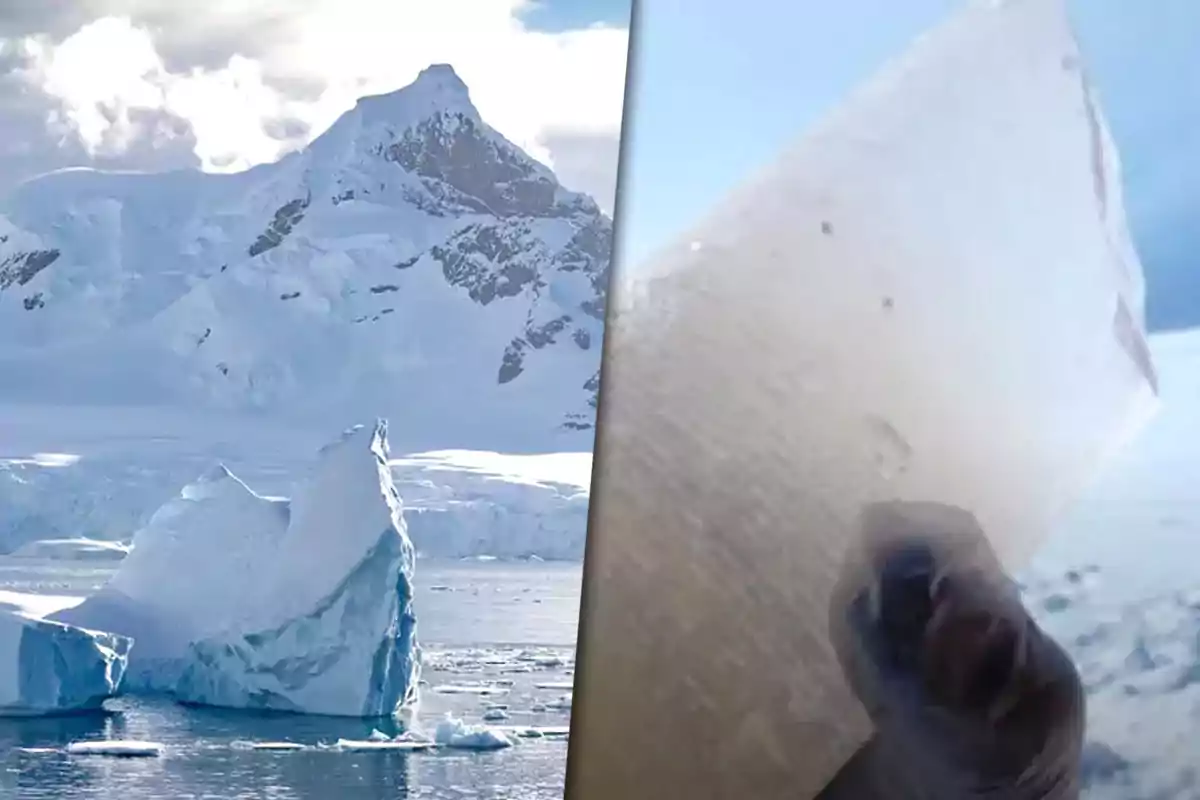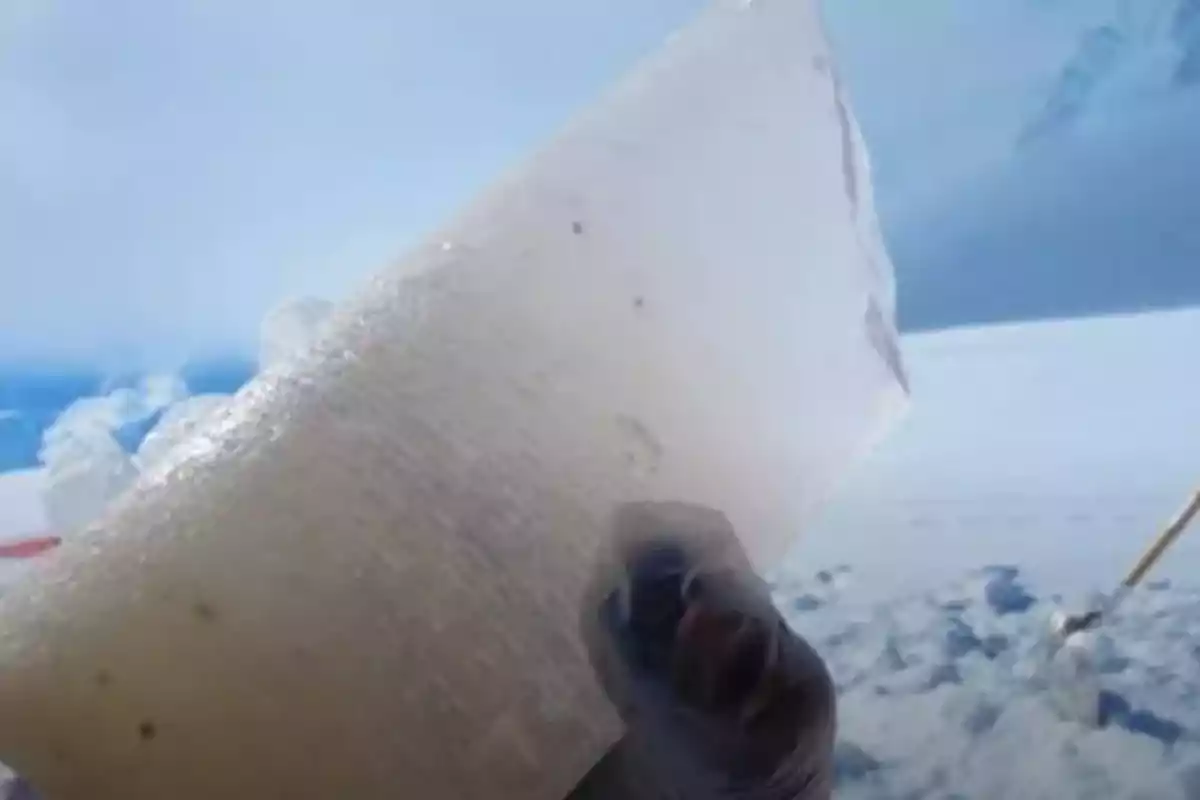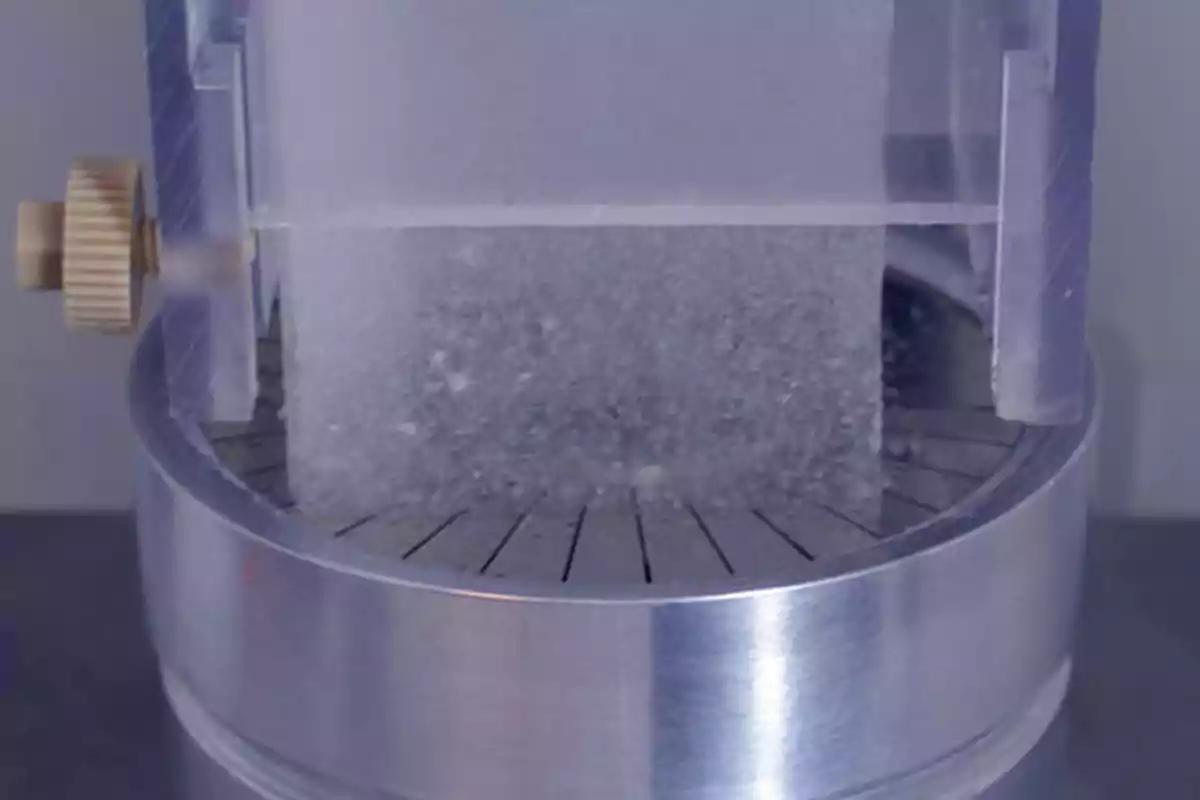
An intact 5-million-year-old air bubble has been discovered in Antarctica
An air bubble trapped in ice for 5 million years astonishes scientists around the world
An air bubble trapped for five million years was found in Antarctica and has sparked the interest of the global scientific community.
The discovery promises to provide key data about the planet's history and the natural cycles that shaped its evolution.

What exactly did scientists find?
It is a "fossil" bubble preserved inside a drilled ice core on Mount Hunter, in Alaska. There, the ice layers reveal not only ancient air but also dust, volcanic ash, and soot.
Everything is encapsulated in ice as dense as stone, forming a kind of natural climate archive.
Why does this finding mark a turning point?
The value of this bubble goes beyond its age. For many researchers, it could offer new information about the collapse of the West Antarctic Ice Sheet.

Analyzing the trapped air would allow scientists to understand whether that collapse occurred during a period with temperatures similar to those of today.
How do scientists study a bubble that's millions of years old?
The process to release that air without contaminating it is as complex as it is precise. It is carried out in vacuum chambers, using tools such as mass spectrometers, chromatographs, and electron microscopes.

The focus is on measuring proportions of oxygen isotopes, which helps reconstruct past temperatures and atmospheric conditions.
What are researchers looking for now?
The next objective is in the Transantarctic Mountains. There, scientists plan to drill more ice cores in areas where traces of an ancient shoreline may exist.
If it is confirmed that the area was in contact with the ocean 125,000 years ago, scientists would expect to find sea salt and signs of higher temperatures.
More posts: